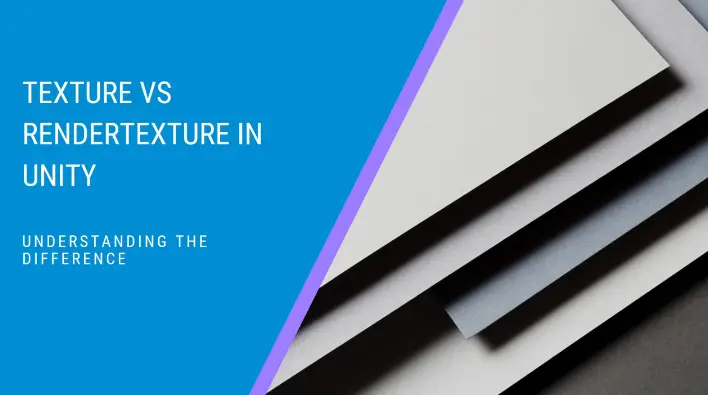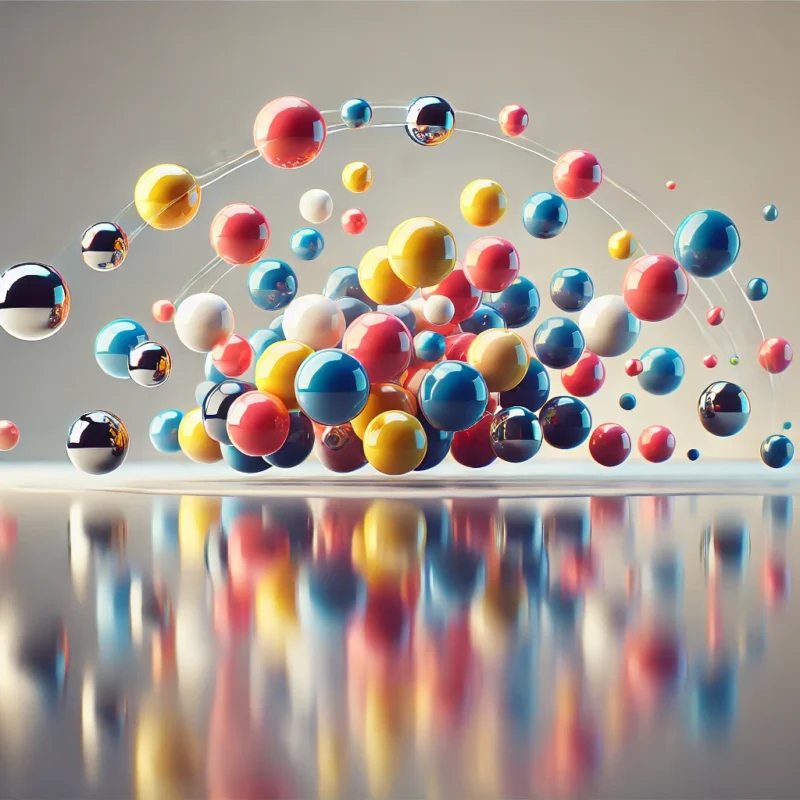In the visually rich world of Unity game development, textures play a pivotal role in bringing realism and depth to the gaming experience. However, as developers dive deeper into Unity’s graphics pipeline, the distinction between Texture and RenderTexture becomes crucial. Both serve the purpose of storing image data, but they cater to different needs and come with their own set of optimizations and limitations, especially regarding GPU interactions. Let’s clarify these differences and understand their implications for game development.
Texture in Unity: The Basics
The Texture class in Unity is a base class for all textures. It represents image data that can be used for various purposes, such as materials on a 3D model or UI elements. Textures are typically imported image files (e.g., JPG, PNG) that you apply to objects to give them color and detail.
Key Characteristics:
-
Static Nature: Once a texture is loaded into your game, it remains unchanged unless explicitly modified by the game’s logic.
-
GPU Optimized: Textures are optimized for performance, meaning they’re designed to be efficiently used by the GPU for rendering. However, this optimization comes with a caveat—direct read/write operations to and from the GPU are not straightforward, making dynamic manipulation challenging.
RenderTexture: A Dynamic Alternative
RenderTexture, on the other hand, is a type of texture that allows Unity to render content before it’s displayed. It’s essentially a texture that can be used as a target for rendering.
Key Characteristics:
-
Dynamic Rendering:
RenderTextureis designed to capture and store rendered frames from the camera or any rendering process. This is particularly useful for creating dynamic textures in real-time, such as mirrors, surveillance cameras, or dynamic UI elements. -
Read/Write Limitations: While
RenderTextureprovides flexibility in rendering, it inherits the limitation of being GPU-optimized, which means direct CPU read/write operations are not intended in its default state. Accessing pixel data from aRenderTexturefor manipulation or read-back purposes involves additional steps that can impact performance.
Bridging the Gap: RenderTexture to Texture
Understanding that RenderTexture resides in GPU memory and is optimized for rendering, developers might wonder how to manipulate or read this data for gameplay mechanics or visual effects. Unity provides mechanisms to transfer image data from a RenderTexture to a regular Texture2D (a subclass of Texture that represents textures in 2D space), which can then be read from the CPU.
RenderTexture.active = myRenderTexture;
Texture2D myTexture2D = new Texture2D(width, height); myTexture2D.ReadPixels(new Rect(0, 0, width, height), 0, 0); myTexture2D.Apply();This code snippet illustrates converting a RenderTexture to a Texture2D, enabling developers to access pixel data from scripts. However, this process should be used judiciously due to the performance overhead of transferring data between the GPU and CPU.
Conclusion
The choice between Texture and RenderTexture in Unity hinges on the specific needs of your project—whether you require static image data with efficient GPU rendering or dynamic image data that your game logic can modify. Understanding the optimizations and limitations of each, especially concerning GPU storage and CPU accessibility, allows developers to make informed decisions, balancing visual fidelity with performance.
As with many aspects of game development, the key lies in leveraging Unity’s capabilities to suit your creative vision while navigating the technical constraints inherent in real-time rendering.


